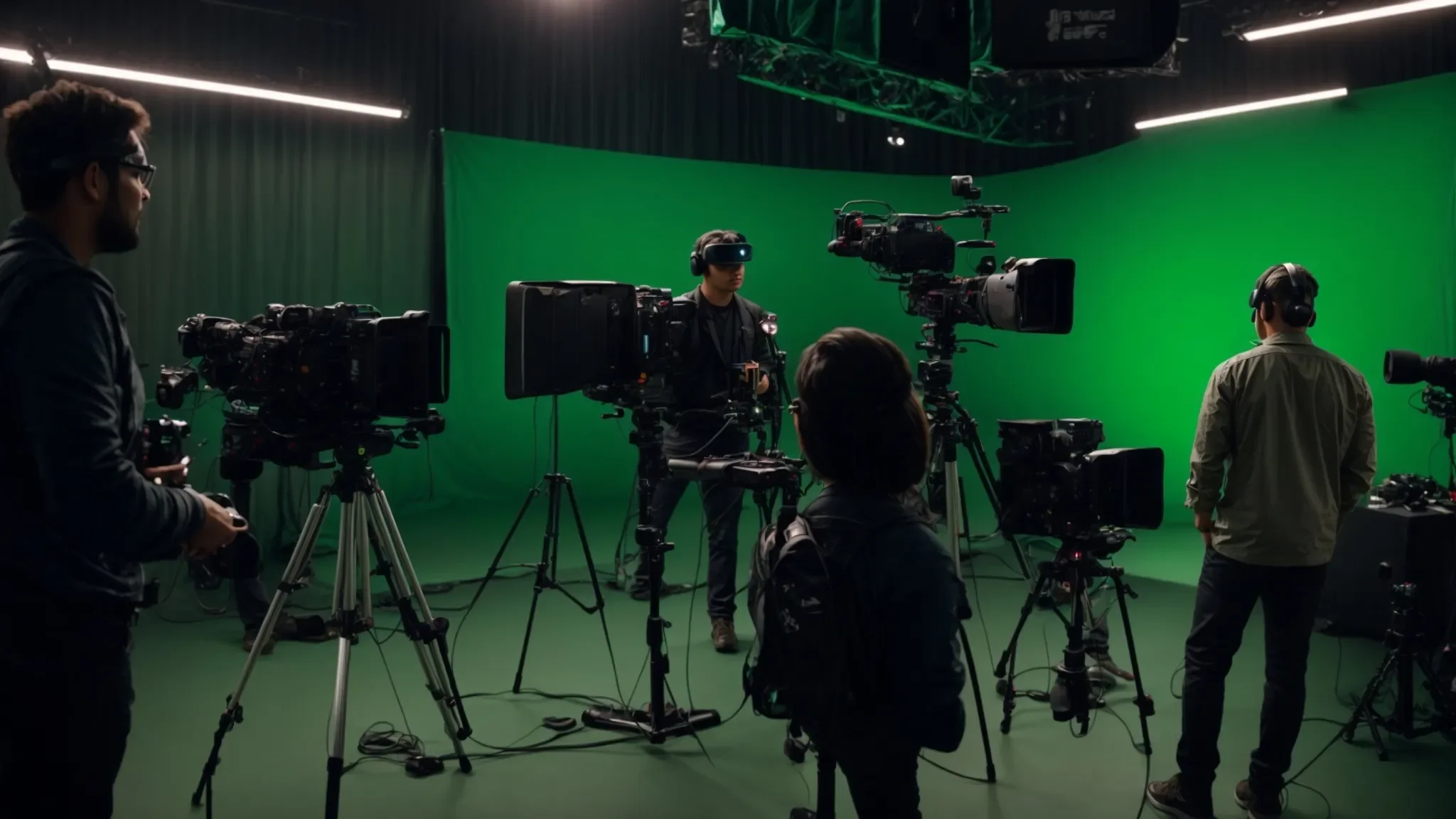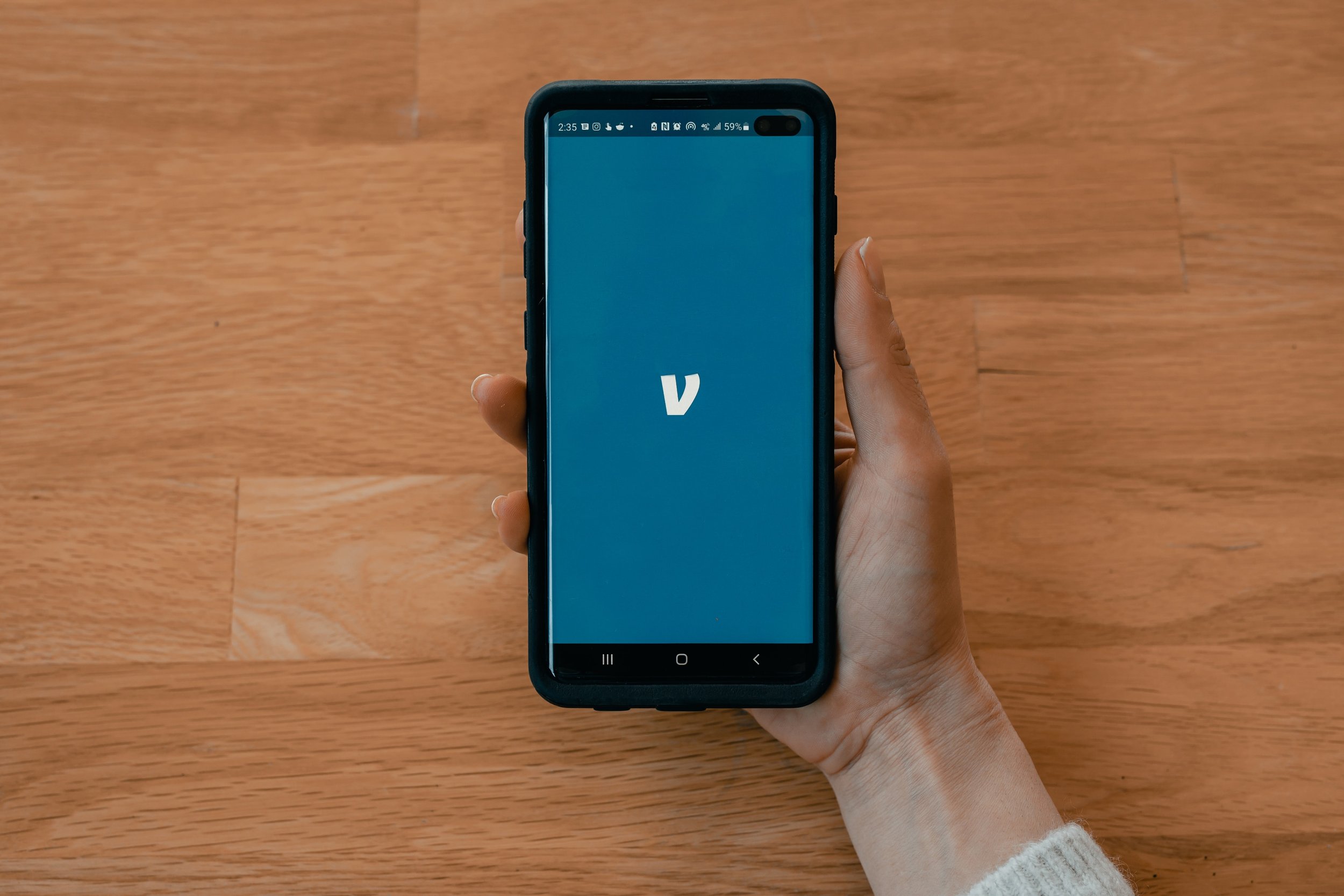This May has been a somber month for arts and cultural organizations across the United States. Flurries of executive orders coming out of the Trump Administration have made good on day-one promises to gut government spending, nix entire funding agencies, and weaponize the state apparatus against public media, information, and culture. Learn more about five news paths you might have missed, from executive orders and funding cuts to the unbalanced, precarious funding landscape in which nonprofits currently stand.
How Arts and Culture Can Survive Philanthropic Paradigm Shifts
As philanthropic disciplines have evolved, so too have their preferred recipients, giving vehicles, and social values. Philanthropy often steps in to effectively “govern” arts and culture by financially shaping institutional priorities in response to the constantly evolving philosophies and priorities. As funder interest in “Effective Altruism” grows, cultural organizations feel mounting pressure from to make a case for the impact of their work, outside of “art for art’s sake.”
Crafting Grant Narratives - Approaches to Justifying Arts Funding
The grant narrative has become one of the most high-stakes tools of communication in the nonprofit fundraising space, driving more than $150 billion in global expenditures. As grant writers adapt their appeals in response to changing funder values, this narrative network gives shape to the nonprofit ecosystem in which many arts organizations operate.
Data Cultures Part I: The Many Markets of Arts Organizations
Arts and cultural nonprofits often operate in multiple markets for earned and contributed revenue. With increasing attention on data-driven decision making, effective market orientation often depends on effective data use. This fundamental collection, transmission, use, and interpretation of data within an organization collectively contributes to what can be considered an organization’s data culture.
DAF Punks Part Two: Beyond Simple Giving, A New Model for DAFs
With little success in larger-scale government oversight so far, it begs the question: how is the marketplace for DAFs changing and innovating in the response to these singularizing criticisms? Is the market listening and self-correcting as a way to preempt such legislation? Given the broad variety of DAF sponsor organizations, it is evident that the field, while large, is not a monolith and deserves to be measured at its innovative margins. Newer sponsors have revealed themselves to be particularly aware of the controversies yet remain focused on the opportunities these accounts provide and are demonstrating new approaches to DAF sponsorship aimed at greater payout rates and democratization of their platforms.
DAF Punks Part One: How Tech-Fueled Disruptors are Reshaping the Role of Donor Advised Funds
While institutional philanthropy is in a boom-time, foundations have not monopolized such growth. The renewed interest in donor advised funds (DAF) since the pandemic has triggered meteoric growth in the amount of assets stored in DAFs, with recent figures showing over $229 billion stored across 2 million DAF accounts, receiving roughly $86 billion in annual contributions, and granting nearly $52 billion in 2022.
Using Venmo for Non-Profit Fundraising
Fundraising is the lifeblood of any non-profit organization. Not only is it the primary way to raise money for your organization’s cause, but it also keeps your organization running day-to-day to work on sustaining its mission. Your nonprofit should always be looking for new donation tools as part of your digital strategy. Non-profit fundraising has been made easier than ever before with the creation of technology and apps, such as Venmo.
2023 Digital Fundraising Trends in the Performing Arts
Organizations’ marketing strategies and missions themselves may need to be reexamined to determine whether or not they align with the next generation of donors. There are a number of practices that organizations can start to embrace in order to expand their mission to a more diverse population while not running the risk of alienating their current support base.
POAPs: Audience Engagement and Memorabilia in the Web3 Era
The average theater-goer walks into a performance with their ticket stub freshly procured from the box office. An usher hands them a playbill as they find their seat. Both items are unique to the time and place of the event, and available only to those physically in attendance at the performance. These forms of memorabilia offer audiences collectible, tangible tokens to commemorate an arts experience. However, today it is common practice to take a picture of the stage from one’s seat with playbill in hand to post on social media and store in the cloud, transforming a physical token of memorabilia into a digital one.
Crypto Philanthropy: Opportunities and Considerations
Cryptocurrency has the potential to and is already beginning to disrupt philanthropy and the ways that nonprofit organizations collect donations. In previous eras, philanthropic innovation was spurred by “new sources of wealth,” as with John D. Rockefeller creating America’s first foundation or Bill and Melinda Gates translating his immense success in the tech revolution into global philanthropic influence in areas of “poverty, disease, and equity.” Similarly the emergence of a new class of “crypto-elite[s]” has the potential to disrupt traditional methods of philanthropy. Now, as blockchain technology and its myriad applications become more mainstream and our society becomes more crypto-curious, nonprofit organizations have an opportunity to adapt by incorporating cryptocurrency and its various tokens into their fundraising strategies.
The Final Frontier: Fundraising in a Virtual Space
Fundraising is a vital part of a nonprofit’s ability to achieve its mission. Cultivating relationships with individuals and institutions in this way can help an organization gain economic support, as well as important relationships and visibility. In order to create and maintain these relationships in development departments, organizations need to meet potential partners where they are and inspire them through their mission and projects. Today, and in the near future, these potential donors may likely be in a virtual space, specifically augmented reality (AR) and virtual reality (VR).
Navigating the Ethics of Using AI for Donor Solicitation
AI has been slowing encroaching on every facet of modern life. It runs our phones, it navigates our vehicles, and has even began finishing our sentences. As of now, its integration into our everyday life has been mundane. Since AI operates most effectively behind the scenes and is difficult to explain to the average consumer, most products that utilize it do not necessarily draw much attention to it. Negative connotations among the public may prevent business from directly or overtly acknowledging the use of AI in their products or administration, but it certainly does not stop them from utilizing it. AI is bolstering many forms of business management technology, and the nonprofit sector is starting to reap its benefits. With so much of nonprofits reputations relying on trust and good faith connections between stakeholders, donors, and staff, what happens when AI is introduced into the dynamic?
Digital Providers for Matching Gifts and Volunteer Matching
Fundraisers take note: it is estimated that four to seven billion dollars a year goes unmatched by nonprofit organizations. Eighteen million people around the globe have access to a matching gift program, and it’s been surveyed that one in every three people who donate would actually be willing to donate more if they knew their donation could be matched in the first place. Matching gift programs and volunteer grant programs are more inclusive of corporate employees because the causes that they feel personally motivated to donate to or volunteer with are recognized and rewarded by their employers. The digital marketplace for these opportunities is growing making it easier for nonprofits to find their match.
Fundraising as Activism through the Community-Centric Model
Currently, fundraising in the nonprofit sector uses a “donor-centric” model in which donors’ preferences for the organization’s direction are often prioritized over community needs. In the technology realm, donor centrism demands nonprofits’ use of advanced CRM systems to carefully track donors. Community-centric fundraising has emerged as an alternative that prioritizes community needs and social justice. Community-centric fundraising not only has the power to strengthen the fundraising profession as a form of activism, but its successful implementation means that the marginalized communities our organizations seek to serve will receive the attention, care, and justice they deserve.
A Look at the Intersection of CRM Systems and Digital Giving in the Arts Fundraising Landscape
Customer relationship management (CRM) systems are integral to any arts organization. They allow for the organization to collect data on their patrons in order to create better relationships with them. However, the current pandemic has shown some areas for improvement, specifically in terms of current technology’s relevance. One such area is the intersection of CRM systems and digital giving. Up-to-date and easy-to-use technology can put an organization ahead, but it is going to take a dedicated strategy to ensure progress.
Decentralized Patronage: Incentivizing Ethical and Effective Philanthropy of Crypto-Assets
Cryptocurrencies conjure up a variety of images. To some, they are shadowy currencies, born of vice and crawling out of the corners of the dark web to sew anarchy into the traditional financial system. To others, they are harbingers of a new wave of financial tools better suited to the digital age. This report analyzes the pathways, promises, and potential problems of crypto-assets within fundraising.
Twitch: Fundraising Platform and Streaming Service
Whether you have heard of the social gaming platform called Twitch or not, it is definitely something to keep on your radar for potential uses for fundraising and audience engagement. Founded in 2011, Twitch began its business focusing on video gaming, however in 2015 it added a creative channel where “streamers” could specify their artistic content. Recently, Twitch has been highlighted as a premiere location for raising significant funds from dedicated fans who are moved by a cause. In fact, last year Twitch raised $75 million for 100 different charities. With the advent of creative content streams, it seems unusual that the nonprofit arts sector is not engaging with current and future audiences and donors on the site.
Emerging Digital Fundraising Pathways: Survey Results & Recommendations, Part 5 of 5
As we conclude our series on Emerging Technologies for fundraising, we are excited for the opportunities facing the arts sector. As noted in early parts, digital giving is growing at a faster rate than individual giving overall, thus it is critical for fundraising professionals to develop or continue to engage in new digital pathways. The findings and recommendations from the national survey are below with our full report available here or for download in the publications section linked above and organized by content category.
Emerging Digital Pathways #4 of 5: Mobile Bidding
Emerging Digital Pathways #3 of 5 Peer-to-Peer Fundraising
Peer-2-Peer (P2P) campaigns are used often among the non-arts nonprofit community in the United States. 87% of Millennials and Generation Xers are willing to use peer-to-peer for their giving. P2P is a digital fundraising platform that strengthens the relationship between donors and arts organizations. It is an interactive platform where donors can be more actively engaged with their organizations and share their contributions with their peers. If arts organizations want to build deeper relationships with donors, they should try to include P2P in their fundraising plan. The following article explains how.

























